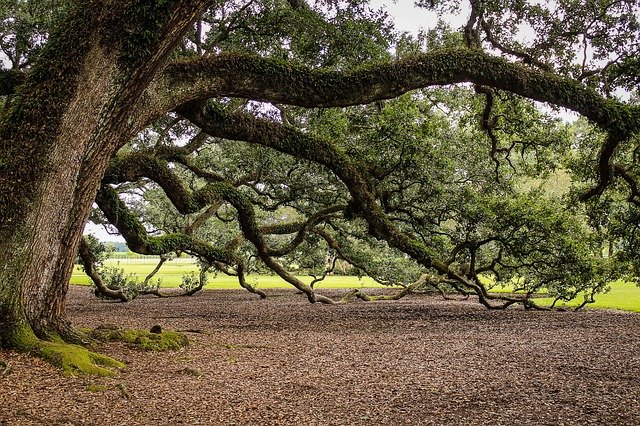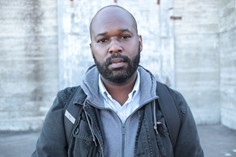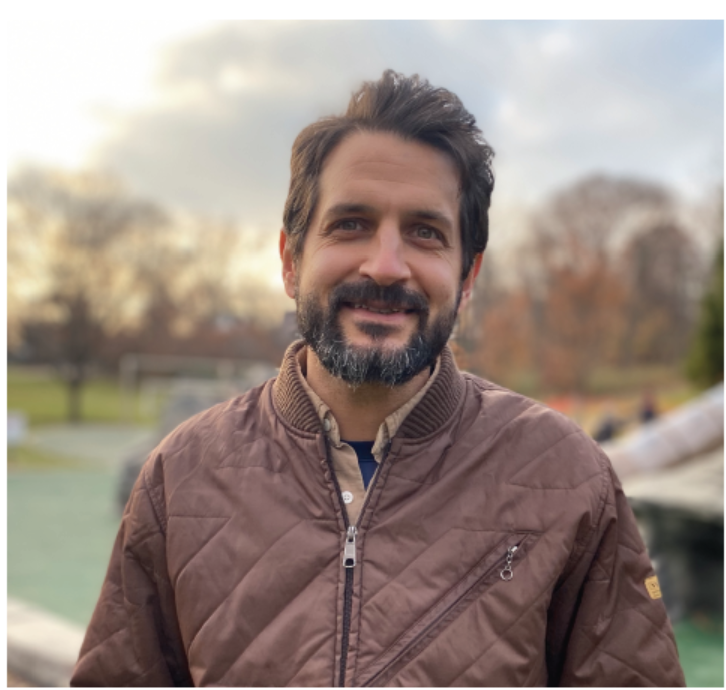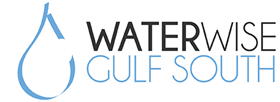Solicita ahora para formar parte de nuestra próxima grupo de Becados en Ciencia científicos comunitarios y líderes comunitarios.

Imagen de Pixabay.com
In New Orleans, the Upper Ninth Ward’s Bunny Friend neighborhood residents are experiencing poor air quality associated with urban blight and industrial development, and high summer temperatures due to a shifting climate and lack of shade. Trees can play a role in reducing these problems. This study will help quantify the current impacts of trees in the neighborhood and help identify ways to increase their impact in the future. Our results will be communicated to residents, project funders and policy makers to help increase the density of green infrastructure in New Orleans and the benefits it provides.
In New Orleans, the Upper Ninth Ward’s Bunny Friend neighborhood is prone to problems associated with its location and residents’ relatively low socio-economic status. The neighborhood is located in a location that is bordered by the Mississippi River, the Industrial Canal and industrial developments (e.g. docks, freight trains, barges). This location near industrial development has resulted in a high amount of pollution resulting from these activities. Furthermore, the neighborhood’s location near waterways and low elevation have made the area prone to flooding. Most recently, Hurricane Katrina resulted in significant flooding in New Orleans. The economic impacts of this flooding and high likelihood of future flooding has meant that many industrial and residential properties have been abandoned resulting in an increase in blighted properties. Furthermore, the hurricane resulted property damage and tree loss due to blow downs and wariness of residents to replant.
These challenges have meant that Bunny Friend’s residents are adversely impacted by these environmental problems. In particular, residents experience poor air quality associated with urban blight and industrial development, flooding caused by poor drainage and intense rain events, and high summer temperatures due to a shifting climate and lack of shade. In cities, trees can provide a multitude of benefits for residents that affect their well-being. Trees can improve air quality by intercepting particulate matter, reduce flooding by increasing water infiltration, reduce heat island effect by providing summer shade. However, for these benefits to accrue trees need to be present, and in Bunny Friend trees are not widely present. Consequently, efforts have been undertaken to promote trees and other green infrastructure in the Ninth Ward. However, these efforts have not been as successful as desired. In Bunny Friend, there is a perception that trees can help improve the well-being of residents but little is known about the current environmental conditions (air quality and heat island effect), the sources of these issues, the trees’ impacts on resident well-being nor the potential impacts of increasing the number of trees.
This study will help quantify the current and future impacts of trees on the well-being of Bunny Friend’s residents describing the current conditions in the area and using this information to help guide future efforts. Ultimately, the community would like this project to help form a foundation for future efforts to increase green infrastructure and reduce the adverse impact of blight in the Upper Ninth Ward by quantifying the impacts of blight and trees. Although we anticipate that the research project will be modified as a part of our collaboration, we envision that this research will be completed with components conducted by scientists and community members.
The research team will help to answer questions of interest to the Bunny Friend Community. Different members of the research team will be responsible for components of the project.
The scientist collaborators will help to answer the following questions:
The community members will help to answer the following questions using a modeling approach.
Together the scientists, community members and Thriving Earth Exchange fellow will work together to analyze and articulate the role that trees may have in addressing air quality and heat-based challenges:
Through this research collaboration, it is expected that the findings will be used to provide a basis for future efforts to increase to increase green infrastructure. These impacts will be two-fold, providing justification for efforts to secure funding or policies to promote green infrastructure and emphasizing the positive impact that green infrastructure could have on the well-being of neighborhood residents.
The project is focused on understanding the dynamics of the heat island effect and air quality. For this reason, data collection will need to be gathered through the hottest time of the year, as well as times when there are varying weather conditions (wind, humidity, precipitation). At minimum, we expect data will likely be collected for 6 months, but ideally longer. In order to gather data over the summer, sampling will need to start as soon as possible; by April temperatures are hot enough for the heat island effect to be apparent. It is likely that the timeline and milestones will change as the project becomes more refined.
Katherine Prevost: Katherine is a native Orleanian. She has served as the president of the Upper 9th Ward Bunny Friend Neighborhood Association for approximately 15 years. Ms. Prevost has knowledge of residential engagement, advocating, community outreach and community organizing to help educate her community to improve its quality of life. Katherine’s goal is to teach and advocate with residents on how to minimize storm water from going back into our storm drains by using Green Infrastructure. She has worked on several boards in the city, such as Sankofa Market and NPN and now is working with Water Wise Gulf South. Ms. Prevost is a retired Civil Service Employee as a Coordinator II at Jefferson Parish human Health Services. Katherine received her Bachelor of Art in Public Administration with a minor in Disaster Recovery Management from Upper Iowa University in New Orleans, LA. She has a NGCIP Certification.

Jonathan Reynolds: Jonathan is an attorney, stand-up comedian, and lifetime resident of New Orleans’ Upper 9th Ward spending his early years in the Desire Neighborhood, and adolescence and adulthood in the Bunny Friend Neighborhood.
Jonathan is a solo practice attorney, notary, and title abstractor with a practice primarily focusing on historical property research and providing legal services for the elderly, disabled, and low income. Prior to his legal career, while displaced from New Orleans due to Hurricane Katrina, Jon was a research assistant at the Insurance Institute for Highway Safety. As a stand-up comedian Jon has opened for TRIXX and Emma Willmann, and he one day hopes to headline a show at Mesquite Street Pizza Parlor in Corpus Christi, Texas. Jonathan is a longtime member of the Bunny Friend Neighborhood Association and has led blight reduction projects for the Association throughout the years.
 Zach Hurst is a postdoctoral fellow in the Department of Natural Resources and Society. He earned a Ph.D. in Ecosystem Science and Management from Texas A&M University. Zach is interested in the use of social science to increase the sustainability of agricultural landscapes. Zach’s research primarily draws upon social psychology to inform research on ecosystem service values, collaborative natural resource management and biodiversity conservation.
Zach Hurst is a postdoctoral fellow in the Department of Natural Resources and Society. He earned a Ph.D. in Ecosystem Science and Management from Texas A&M University. Zach is interested in the use of social science to increase the sustainability of agricultural landscapes. Zach’s research primarily draws upon social psychology to inform research on ecosystem service values, collaborative natural resource management and biodiversity conservation.
We are seeking 1-2 scientists that are able to design and implement and explain a study to sample air quality and weather conditions (particularly heat, heat index) within the Bunny Friend Neighborhood. Sampling will need to be conducted at a scale sufficient to allow for the description of variability in conditions within the neighborhood. The ideal scientists will have experience conducting air quality assessments in urban communities and a strong desire to help communicate their findings with them. They will also have an interest in green infrastructure, climate change mitigation, and especially environmental justice. The inclusion of students in the research is welcomed. We are looking for someone who can start on this project quickly.
Desired skills and qualifications:
Thriving Earth Exchange pide a todos los socios científicos que trabajen con la comunidad para ayudar a definir un proyecto con impacto local concreto al que puedan contribuir como voluntarios y colaboradores pro-bono. Este trabajo también puede posicionar a los científicos y las comunidades para buscar financiación adicional, juntos, para la siguiente fase.
¿Le interesa trabajar como científico voluntario? ¡Inscríbete ya!
Water Wise Gulf South (https://waterwisegulfsouth.org/water-wise-9th-ward/) Water Wise Gulf South collaborates with Community Based Organizations to advance green infrastructure. Together, we raise awareness and provide education on green infrastructure. We grow a network of community advocates, known as the Water Wise Neighborhood Champions. We install green infrastructure projects at the homes of Water Wise Neighborhood Champions, at small businesses, churches, community centers, on vacant lots and in public rights-of-way. With the Water Wise Neighborhood Champions and Community Based Organizations, we advocate for the implementation of large-scale green infrastructure installations to improve our communities.

(c) 2024 Thriving Earth Exchange